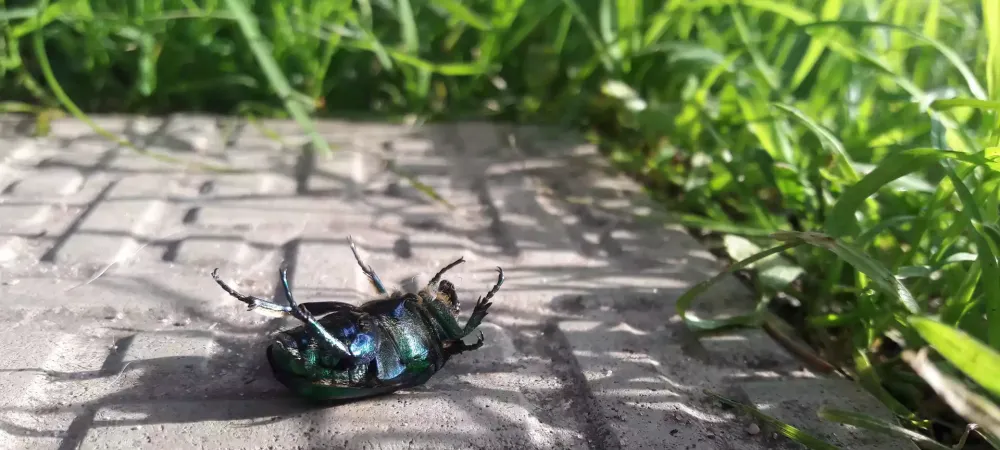Lowering Risk When Using Pesticides

Every day, we take risks without a second thought, like driving to work. Even though accidents happen every few seconds on the road, we accept the risk because the benefit outweighs the danger. The same logic can be applied when deciding whether to use pesticides.
Pesticides are powerful tools, but they should only be used when other integrated pest management strategies have failed or when an infestation is too large to manage naturally. To make an informed choice, it's important to assess both the risks and benefits, just like we do when we decide to wear a seatbelt or buy a safer car.
Understanding the Risk Equation
When it comes to pesticide safety, professionals use a simple formula:
Risk = Toxicity × Exposure
- Toxicity: How harmful a pesticide is.
- Exposure: How much contact you have with it.
To lower your risk, you need to reduce either toxicity or exposure, or both.
Choose the Least Toxic Option
Not all pesticides are created equal. Some are far more dangerous than others. The product’s label provides a “signal word” to help you understand its toxicity:
- Danger/Poison: Highly toxic
- Warning: Moderately toxic
- Caution: Slightly toxic
The word “Danger” may also appear on products that are severe irritants to the skin or eyes, even if they're not extremely toxic. Always read the label and choose the least toxic option that still gets the job done.
Also, remember that these signal words appear on everyday household products too—from bleach to laundry detergent—so always handle all chemicals with care.
Pro Tip: Store pesticides (and other chemicals) high up or in locked cabinets, well out of reach of children. Adding a Mr. Yuk sticker can serve as a clear visual warning for kids.
Reduce Your Exposure
You can dramatically lower your risk by reducing how much contact you have with the pesticide. This means wearing the right protective gear, known as PPE (personal protective equipment).
Before you apply any product, check the label. It will tell you exactly what PPE is required, which might include:
- Gloves (chemically resistant—not leather or cloth)
- Long sleeves and pants
- Protective eyewear
- A mask or respirator
- Waterproof boots
Even if you’re just treating your own lawn, following PPE guidelines helps limit exposure, especially over time. Just like choosing to buckle up for a short drive, the small steps you take to protect yourself can make a big difference.
The Long-Term Effects of Exposure
Skipping safety steps, like ignoring PPE, might seem harmless in the moment, but repeated exposure, even at low levels, can build up over time and increase your chances of future health problems.
Professional pesticide applicators know this, which is why they follow safety protocols religiously. You should too, especially when applying products near your home or garden.
Four Ways Pesticides Can Enter the Body
To stay safe, be aware of how pesticides can get into your system:
- Dermal (skin contact): the most common exposure route
- Oral (mouth): swallowing accidentally or via contaminated hands/food
- Inhalation (breathing in fumes or particles)
- Ocular (eyes): splashes or mist
Even something as simple as wearing the right gloves can drastically cut down your risk.
Safety First, or Leave it to the Pros
Pesticides can be a useful part of your outdoor pest control strategy, but only when used with care. Always:
- Weigh the risks and benefits
- Choose products with lower toxicity
- Follow all label directions
- Wear the recommended personal protective equipment
If you're not sure what to use or simply want to avoid the hassle and risk, you can rely on the professionals at Grasshopper Lawns. Our team is trained to safely and effectively handle outdoor pest control, so you don’t have to. We follow best practices for application, prioritize low-toxicity solutions, and take every precaution to keep your family and lawn safe. Contact us today for a free estimate!
